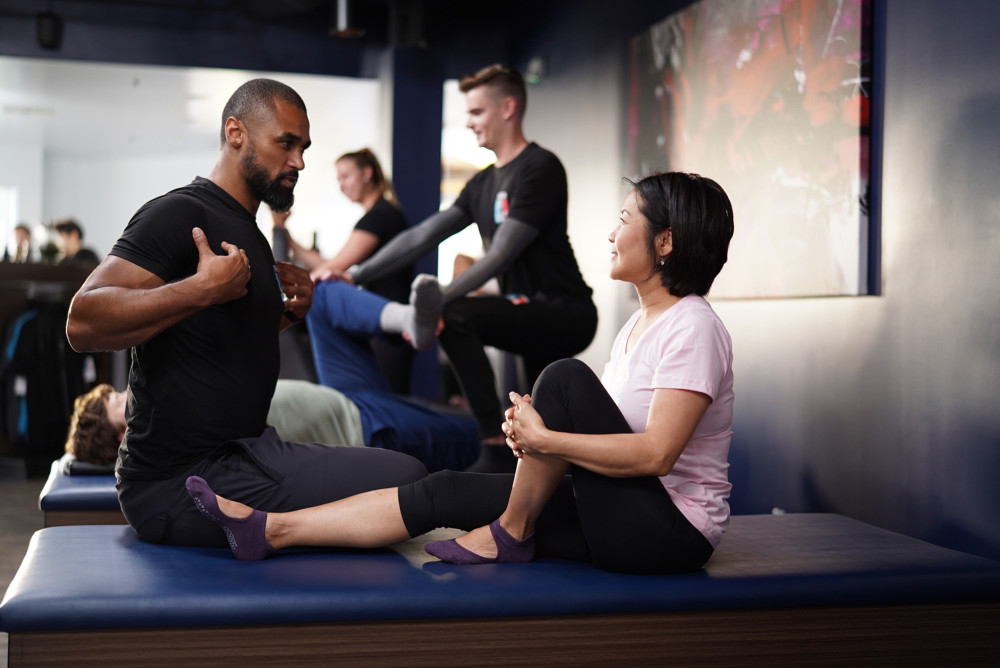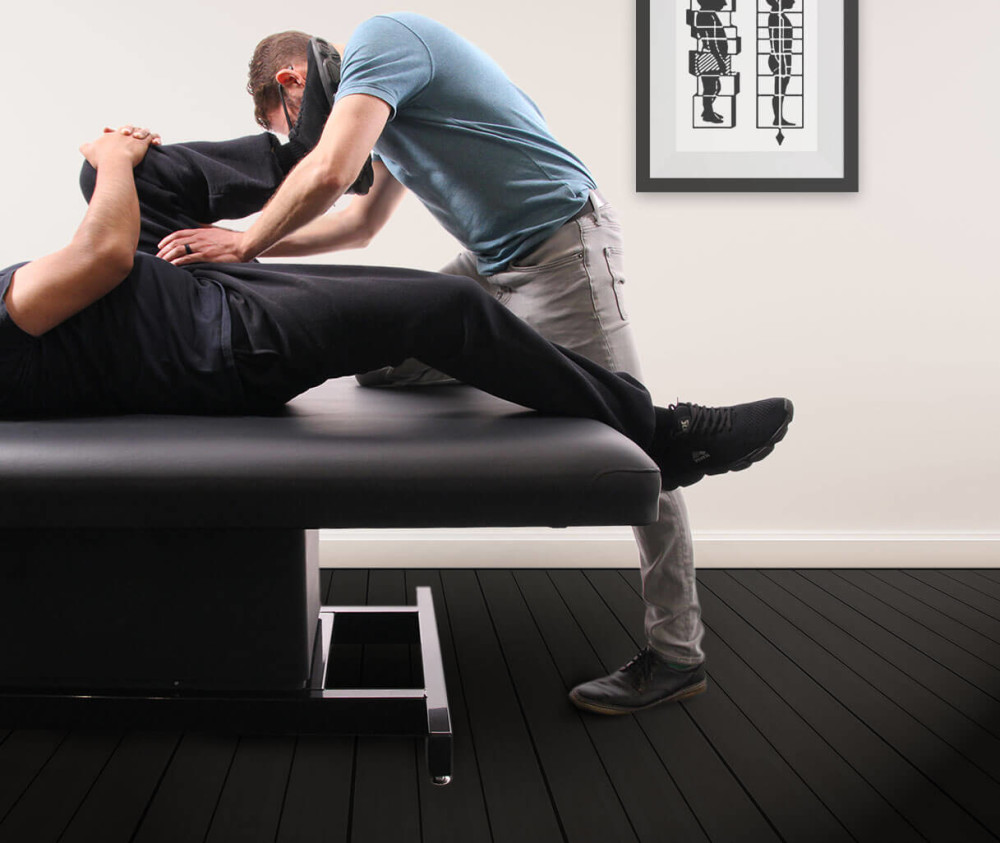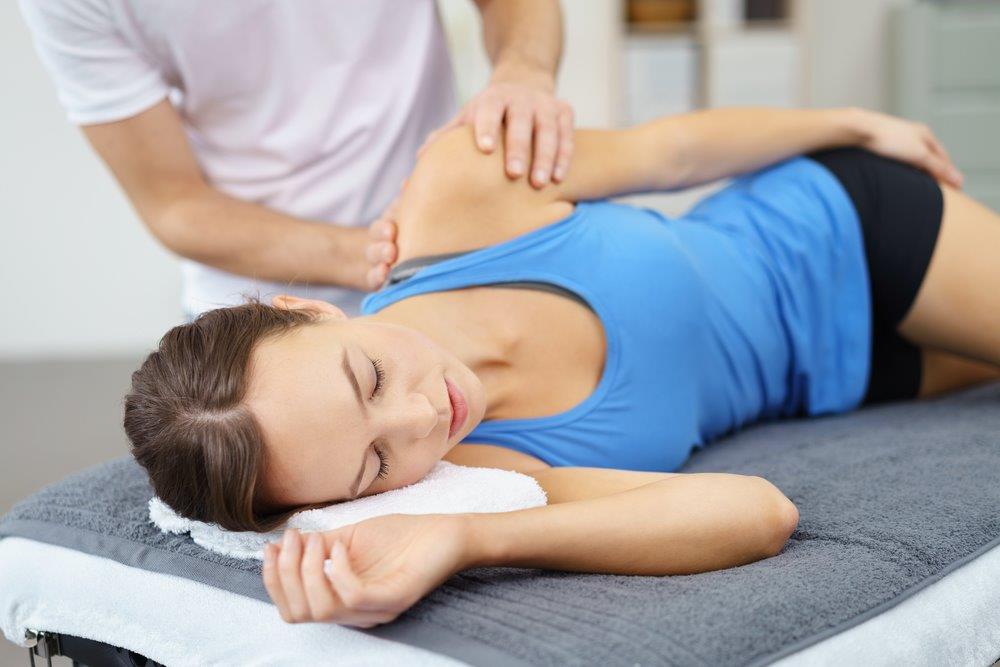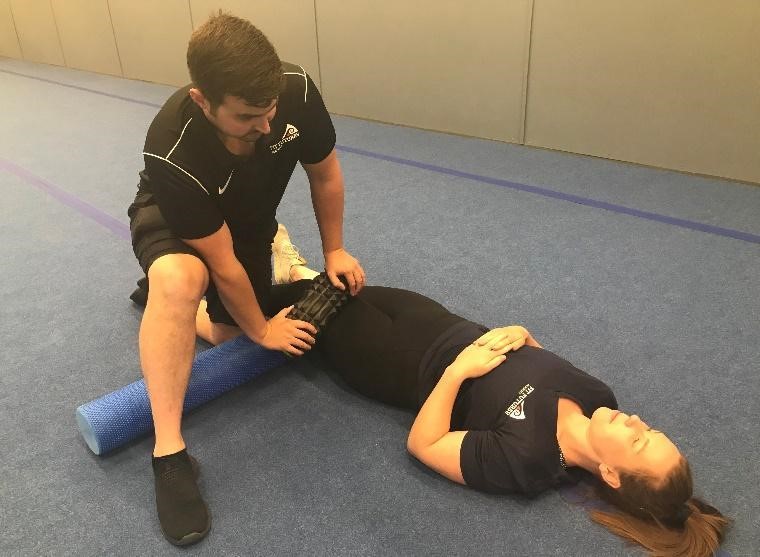Introduction
Life has changed since the COVID-19 pandemic. Not only have we seen a major health crisis that has changed the lives of millions but we have also seen a rise in fear and anxiety, a loss of effective communication, and touch-deprivation (Al Dhaheri et al., 2021; Naruse & Moss, 2021).
Recent studies have shown that positive massage between couples and family members is an effective support skill to relax, reduce soreness, and destress. Massage not only promotes self-care but creates wellbeing in a touch-deprived era.
Unfortunately, touch-deprivation is a critical health issue. Linked with aggression, depression, self-harm, and developmental delays, touch-deprivation has been largely understudied and overlooked. Due to the growth of virtual communications, social taboos against touch, and the recent COVID-19 pandemic, we live in fear of touch through isolation, ongoing restrictions, and social distancing (Naruse & Moss, 2021; Tauge et al., 2021).



